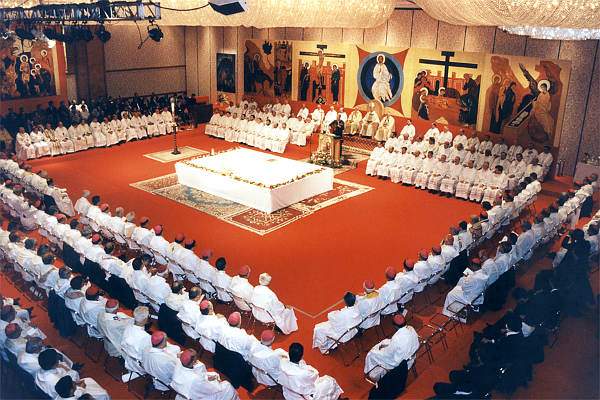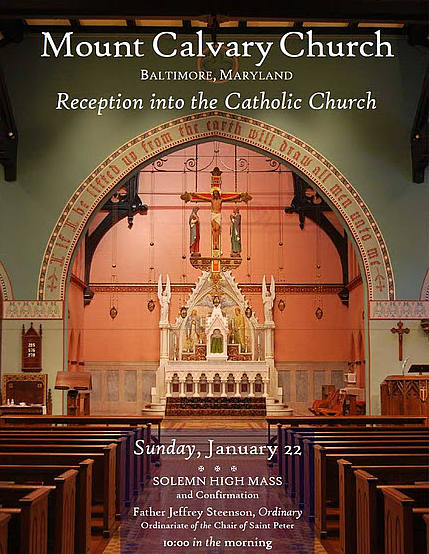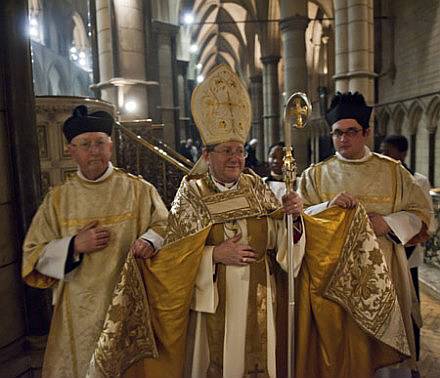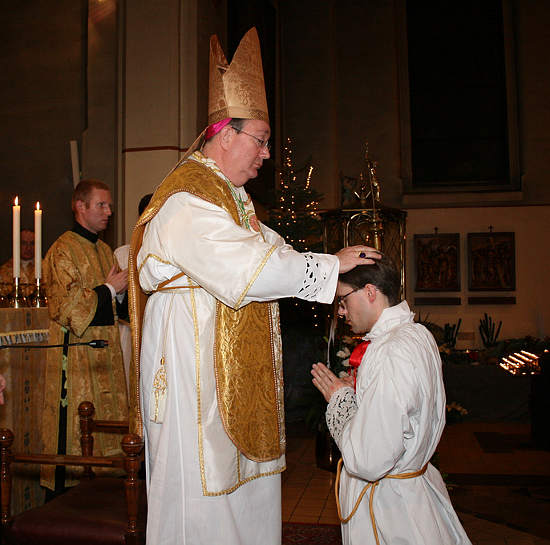Enda strengere kommentarregler hos Rorate Cæli
Jeg skrev litt før jul at bloggen Rorate Cæli hadde slettet et helt innlegg og alle kommentarene pga altfor mange hatske kommentarer. Men de har likevel ikke blitt kvitt kommentarproblemene, og skrev i et nytt innlegg i går:
We are trying to improve the general tone of the comments in this web log. …. One of the main purposes of this web log has always been to show that we, Traditional-minded Catholics, can be equally firm and balanced in our views. If you are a regular commentator and wish to help us, please do not post again comments that were obviously blocked or deleted. If they were blocked or deleted, there was a reason for it – and two of the main reasons are to avoid scandal to other readers and to improve the tone. …
Og i en av kommentarene til dette innlegget skriver en prest:
I am a traditional priest who has said only the old Mass for over 20 years. I consider this site to be the best news and most balanced presentation in what we fondly call «Traditon». There are two sides though. The posts bear the news which is reliable … The darker side of Rorate lives in the comments section. Some comments are simply too shameful for open Catholic participation; it is an area that is certainly not safe. We are responsible for everything we write. I fear for the writers of those comments and I fear for the readers even more.
… Some months ago I was sincerely sorry to hear several traditionalists say: «I don’t go to Rorate Caeli anymore». Reasons: the tone of bitterness and insufficient support of the Holy Father when he made an appointment or decision we didn’t understand.
I look to Rorate for the news. It is the only Internet site that I go to regularly that is why I was so sorry to learn that friends had stopped reading it. I find it too difficult to find my way around Fr.Z’s good blog so I wait for someone to tell me anything newsworthy form there. I found when it began and stay with it. I will sing an Alleluia even during Lent if the site loses its bitterness and shows greater support for our common Father.





 NLM skriver mer om Una Voces 20. generalforsamling i Roma i november,
NLM skriver mer om Una Voces 20. generalforsamling i Roma i november,